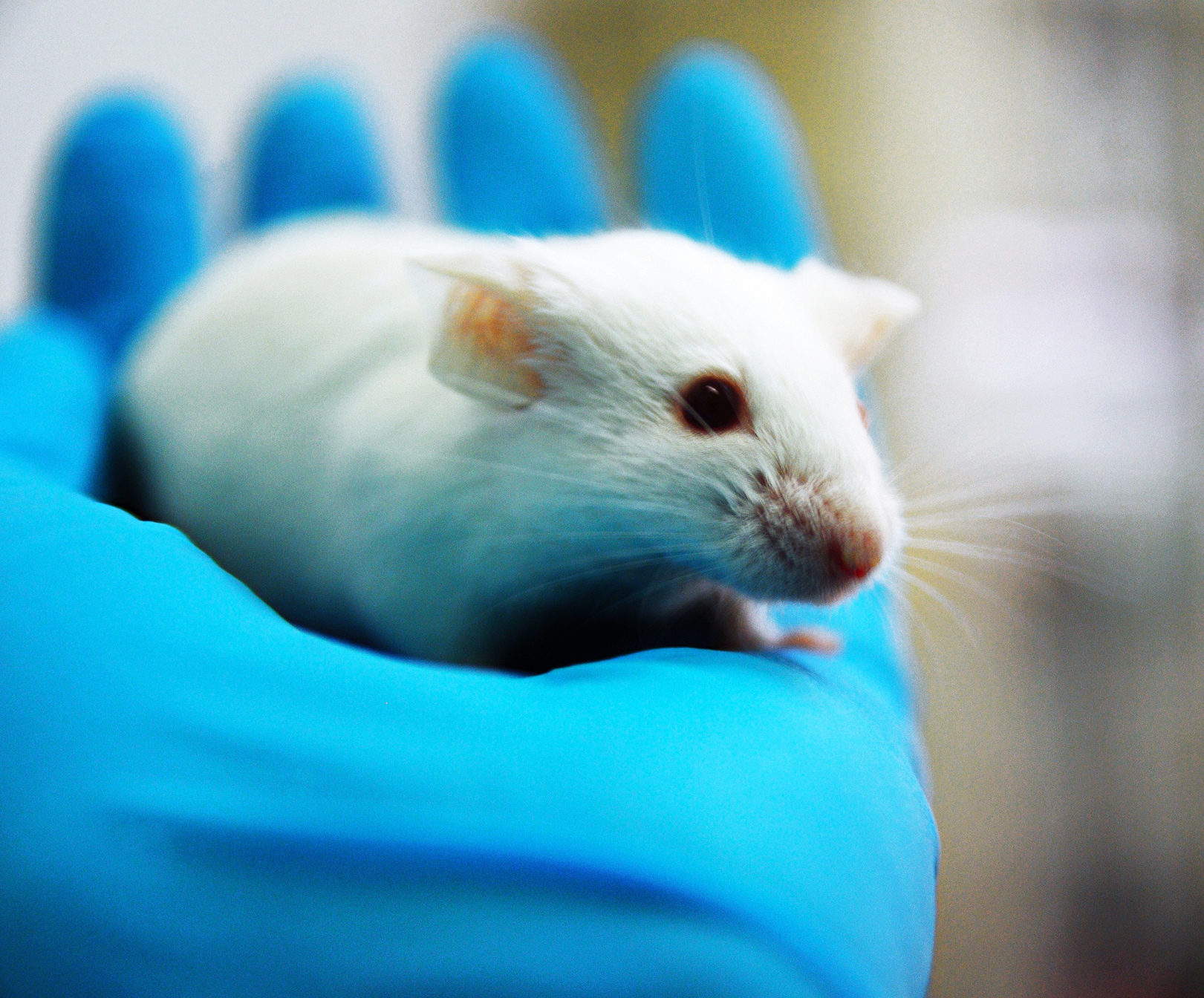By Thomas Steckler and Malcolm Macleod

The ethics of the use of animals in research continue to be a matter for discussion, with a recent op-ed in the Journal of Translational Medicine arguing – on the grounds that non-human animals are quite different from “human animals” – that animal models can no longer be considered helpful in the development of new treatments. The authors argue that in vitro systems such as “organs on a chip” should be used instead.
Such arguments have gained some traction, with the Dutch parliament asserting an ambition to end all animal experiments by 2020. We believe that this argument is misconceived, conflating two different sets of considerations.
We do so from different backgrounds; one of us (TS) as a preclinical scientist with a long career in industry, and one (MM) as a clinical neurologist interested in improving research quality.
The first consideration is whether it can ever be ethical to conduct research using animals. This is a matter of belief and conscience rather than of science, and we offer no criticism of those who believe that animal research can never be ethical. However, there are also ethical arguments against exposing humans to new therapies without adequate efficacy and safety testing, some of which involves animal research. Most compounds fail not through lack of preclinical efficacy but because of preclinical safety concerns identified during drug development.
Our various political systems have evolved sophisticated mechanisms for reaching collective opinions on contentious issues such as this, usually seeking to respect minority opinion while following the majority view.
The second argument is how most ethically to conduct in vivo animal research. Articulated as the three Rs, this essentially rests on minimising harms (both to individual animals, and in aggregate) while maximising benefits. Reducing the number of animals used in research would reduce the aggregate harm, but if this came at the expense of reducing the value of the information obtained (because experiments had reduced statistical power) then the overall consequence might be adverse.
Moving to discontinue animal research – as proposed by Pound et al and the Dutch Parliament, based on a harm benefit assessment – confuses these two issues. For their argument to be valid, they would have to show either that there are no benefits from animal research, or that the same benefits can be realised through non-animal alternatives.
The claim that there are no benefits from animal research is, we believe, demonstrably false, with examples from understanding physiology and pathophysiology, the development of antibiotics, through immunosuppression to prevent transplant rejection, to the development of vaccines for Ebola virus.
However, could these benefits, and future benefits, be realised through non-animal alternatives? Perhaps, but at present these alternatives are few in number, do not exist for many human diseases, and, except in a small number of cases, are not validated.
Admittedly, internal validity of animal studies should improve, but non-animal research also appears to be conducted with low attention to experimental rigour, and may perform even less well than animal studies. In the NPQIP study, randomisation was discussed for 26% of in vivo experiments but only 6% of in vitro experiments, blinding for 19% of in vivo and 8% of in vitro. Selective reporting of experiments is another concern, where investigators only report those experiments that “worked”. Where the costs of repeating an experiment is lower, it is likely that published findings will be more selective and less representative. Also, while animal studies have limitations, so have in vitro experiments. We have to accept that we deal with models. No model is perfect, and at best is an approximation to the real situation.
Non-animal alternatives are also challenged by a lack of guidelines for their conduct and reporting. These are being developed in a project sponsored by the UK NC3Rs, but – just as risks of bias in animal research cannot simply be read across from human guidelines – so risks of bias in in vitro research cannot usefully be determined without empirical research. This might take the form of nomination of potential risks of bias from the research community, then observational studies of the prevalence of these risks (or of measures to reduce these risks), and associated differences in the outcomes reported. Statistical and other approaches to identifying selective reporting, or undisclosed repetition to the desired results, will also be needed.
Of course, it would be highly desirable to have high quality, predictive non-animal alternatives so that we could reduce the numbers of animals used in research. As such tools become available there needs to be clear expectations around the quality of research designs, and frameworks to establish their predictive validity. A recent overview from the EMA Commission for Medicinal Problems for Human Use sets out opportunities for implementing the 3Rs and outlines the application of this approach in a number of areas including drug safety, biologics, vaccines and advanced therapies.
But until such tools are available across biomedical research for drug development, we believe that arguments to end the use of animals in research remain primarily philosophical rather than scientific.

Thomas Steckler has worked for Janssen R&D for more than 18 years and joined the Janssen BRQC organization in 2015. He is the global BRQC-Janssen Lead for Animal Welfare, co-leads the EQIPD (European Quality in Preclinical Data) IMI consortium and co-chairs the ECNP Preclinical Data Forum Network. He is an AAALAC ad-hoc specialist and a member of the NC3R Arrive Guidelines Working Group.

Malcolm Macleod (@Maclomaclee) is a Professor of Neurology and Translational Neuroscience at the University of Edinburgh and leads the CAMARADES (Collaborative Approach to Meta Analysis and Review of Animal Data from Experimental Studies) group.
Conflicts of interest:
Thomas Steckler is an Associate Director, Bioresearch Quality and Compliance and BRQC Animal Welfare Strategy Lead at Janssen Pharmaceutica. He co-leads the EQIPD (European Quality in Preclinical Data) IMI consortium and is a member of the group revising the ARRIVE guidelines.
Malcolm Macleod is a Professor of Neurology and Translational Neuroscience at the University of Edinburgh. He co-leads the EQIPD (European Quality in Preclinical Data) IMI consortium, led the NPQIP study, was involved with IICARUS, and is a member of the groups revising the ARRIVE guidelines and developing the MDAR checklist.